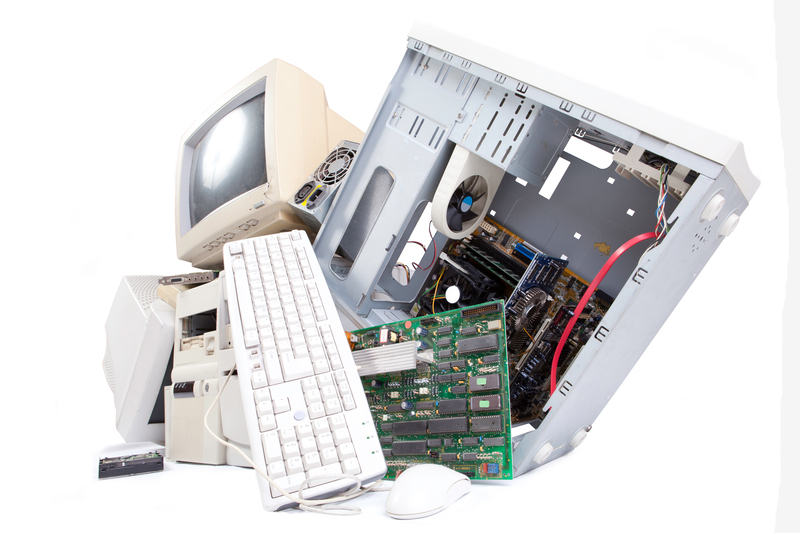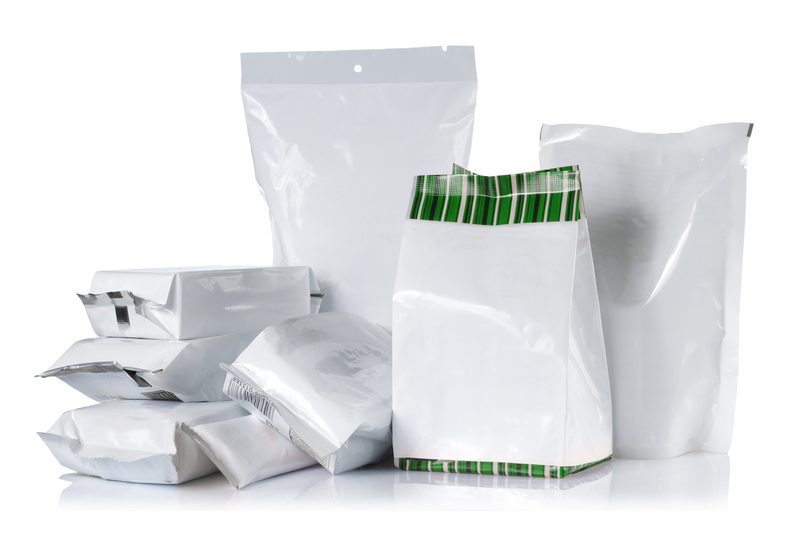Guidelines for Recycling Soft Plastics
Recycling has become a crucial aspect of sustainable living as we aim to mitigate the adverse effects of waste on our environment. Soft plastics, often underestimated in the recycling process, can significantly contribute to waste reduction if appropriately managed. This article provides comprehensive guidelines for recycling soft plastics effectively.
Understanding Soft Plastics
Soft plastics are a type of plastic that can be easily scrunched into a ball. Common examples include plastic bags, bread bags, pasta packaging, frozen food bags, bubble wrap, and many more. Unlike hard plastics, they are more flexible and require specific recycling methods to ensure they do not end up polluting our environment.

Collection and Sorting
Collection
The first step in recycling soft plastics is the collection phase. Establish a designated bin or bag in your home specifically for collecting soft plastics. Educate family members on what constitutes soft plastics, ensuring that only the correct waste goes into this container.
Sorting
Once collected, sort the soft plastics to remove any residual food or contaminants. Non-clean plastics can hinder the recycling process and potentially spoil entire batches of recyclable materials. Rinse if necessary and let them dry before placing them back in the collection bin.
Localized Recycling Programs
Many regions have specific programs dedicated to recycling soft plastics. Familiarize yourself with the local recycling schemes available in your area. Some supermarkets and local councils provide drop-off points where you can deposit your sorted soft plastics.
Preparation for Recycling
Before taking your soft plastics to a recycling point, follow these preparation tips:
1. Clean and Dry: Ensure that all soft plastics are clean and free from food residue.
2. Remove Labels and Stickers: These can contaminate the recycling process.
3. Compact: Compress the plastic into a compact form to save space and make handling easier.
Tips for Effective Soft Plastic Recycling
1. Educate and Involve the Community: Share information with neighbors and friends.
2. Buy in Bulk: Reduce the number of soft plastic packaging by purchasing in bulk.
3. Use Reusable Bags: Minimize the need for plastic bags.
4. Participate in Initiatives: Look for flexible plastic recycling initiatives and support them.
Pros and Cons
Pros:
- Environmental Impact: Recycling soft plastics reduces the need for new plastic production and lessens the burden on landfills.
- Resource Conservation: Saves energy and resources used in producing new plastics.
- Awareness: Promotes environmental awareness and responsible waste management.
Cons:
- Contamination Risks: Incorrectly recycled soft plastics can contaminate other recyclables.
- Cost and Effort: Requires extra effort and sometimes additional cost for proper sorting and disposal.
- Limited Facilities: Not all areas have facilities that accept soft plastics, making it challenging for some people to participate.

Takeaways
- Initiate at Home: Start recycling soft plastics within your household.
- Stay Informed: Be aware of local recycling programs and guidelines.
- Consume Responsibly: Opt for products with minimal or recyclable packaging.
- Spread the Word: Encourage others in your community to recycle soft plastics.
Conclusion
Recycling soft plastics is a pivotal step toward a sustainable future. While there are challenges in the process, the benefits far outweigh the cons when it comes to environmental conservation and resource management. By following these guidelines and actively participating in recycling programs, we can collectively make a significant impact in reducing plastic waste.
Start today by integrating recycling soft plastics into your daily routine and encourage your community to do the same. Together, we can work towards a cleaner, greener planet.

